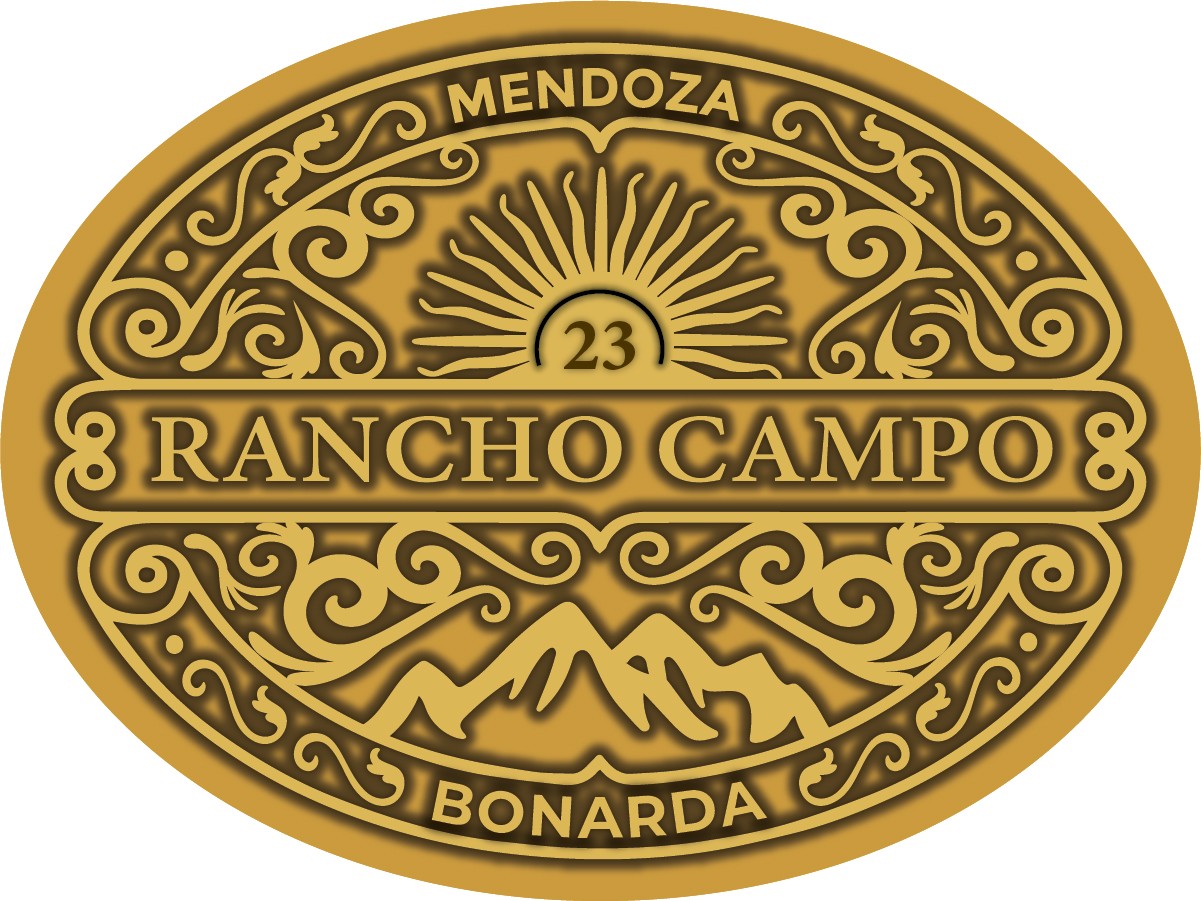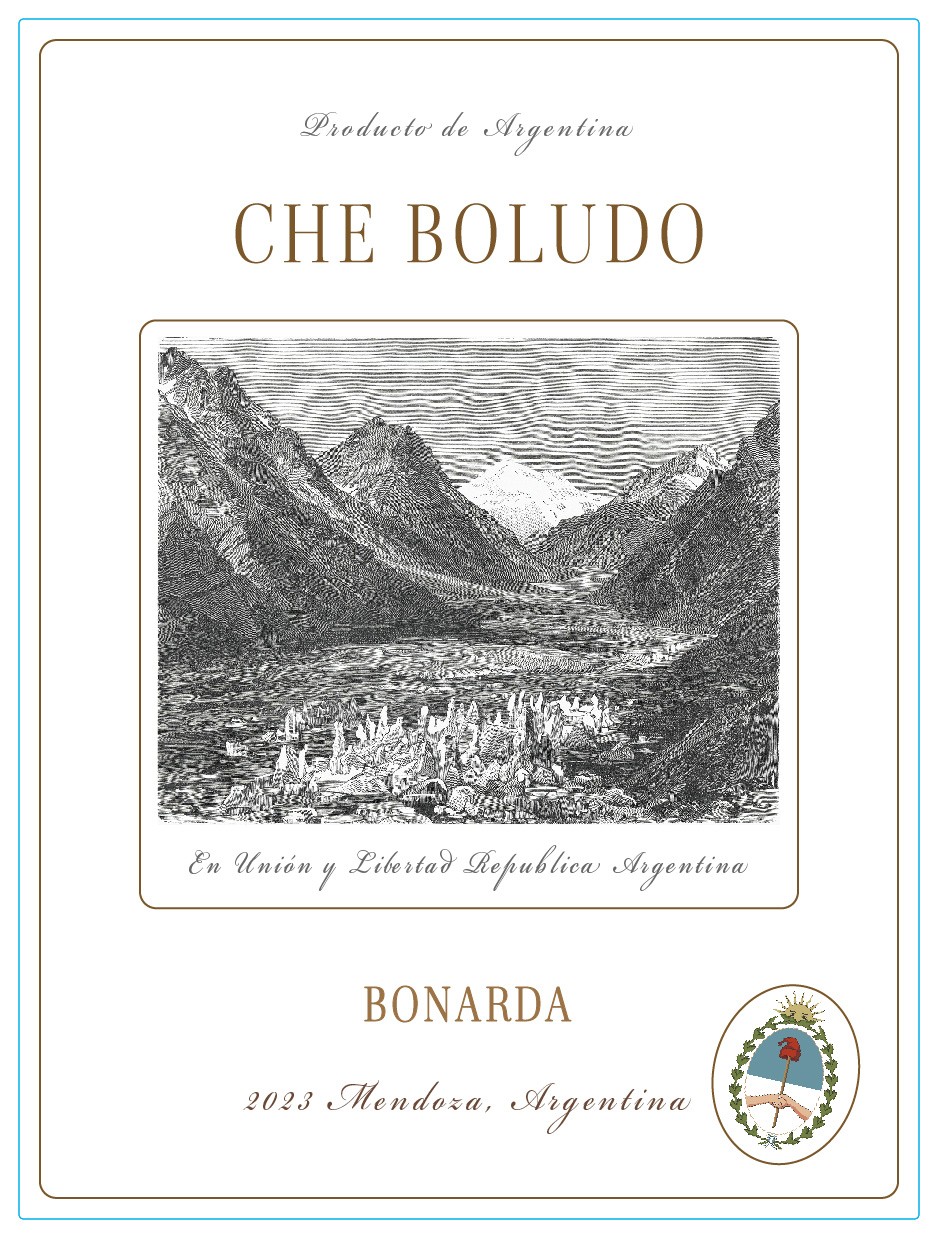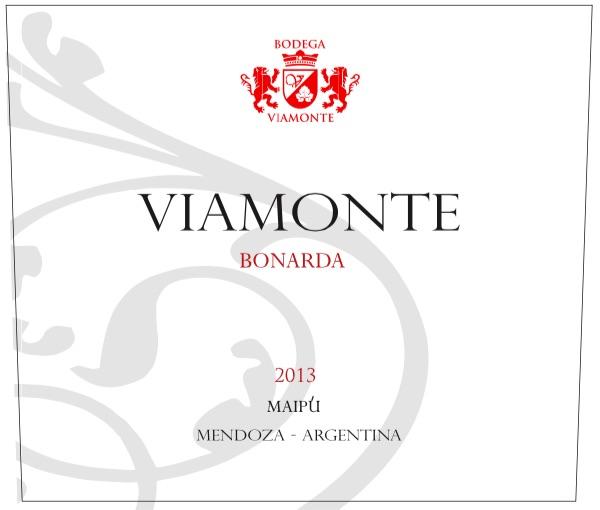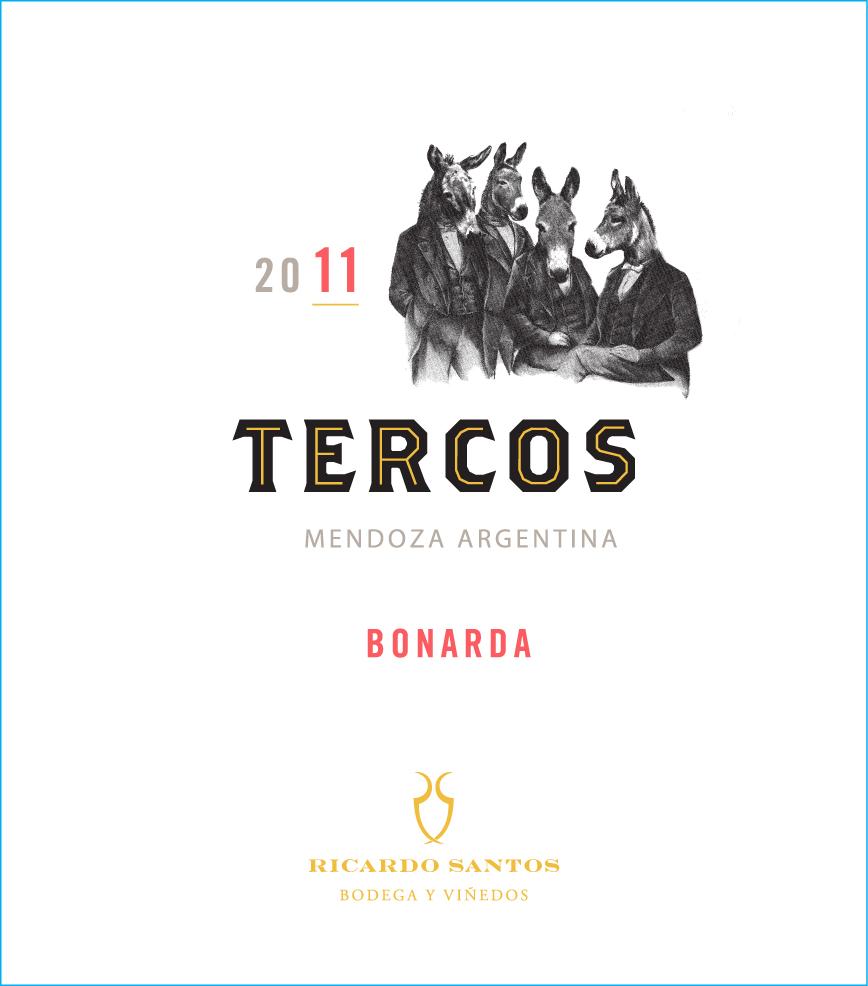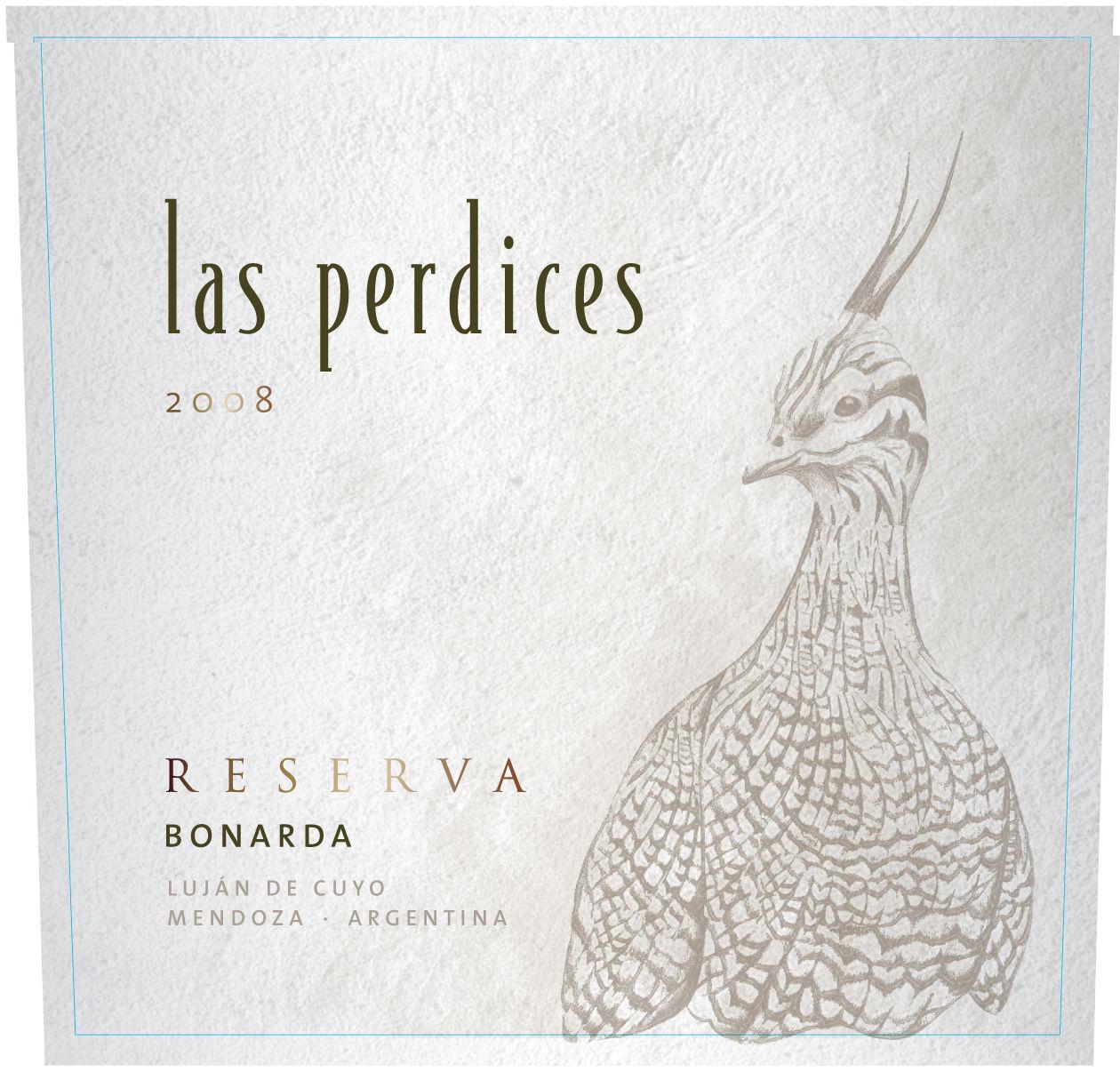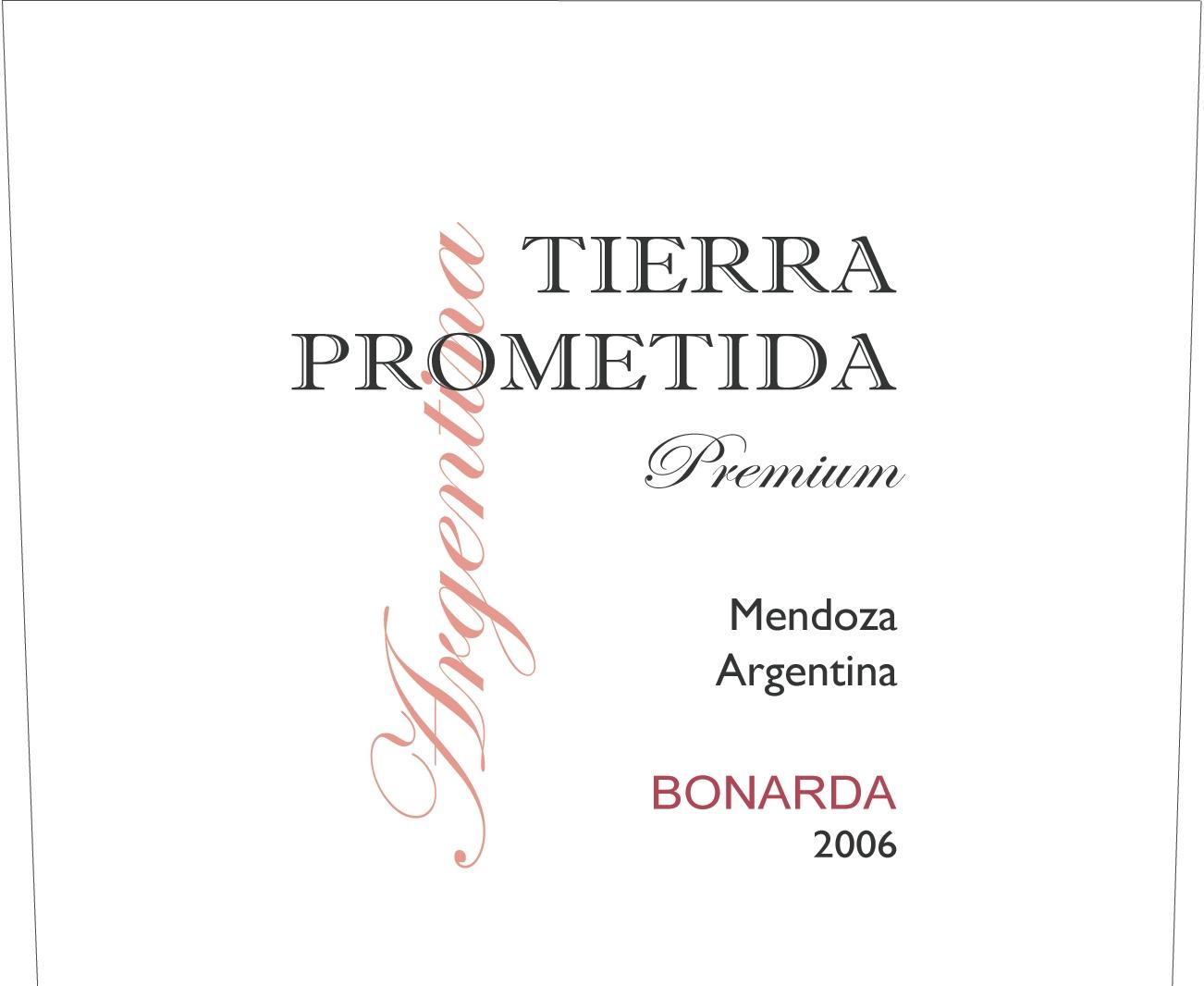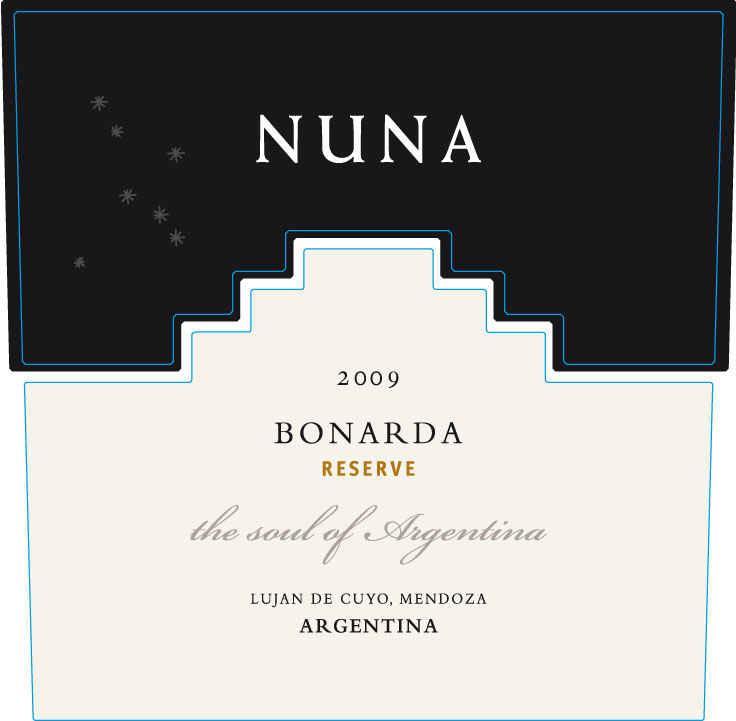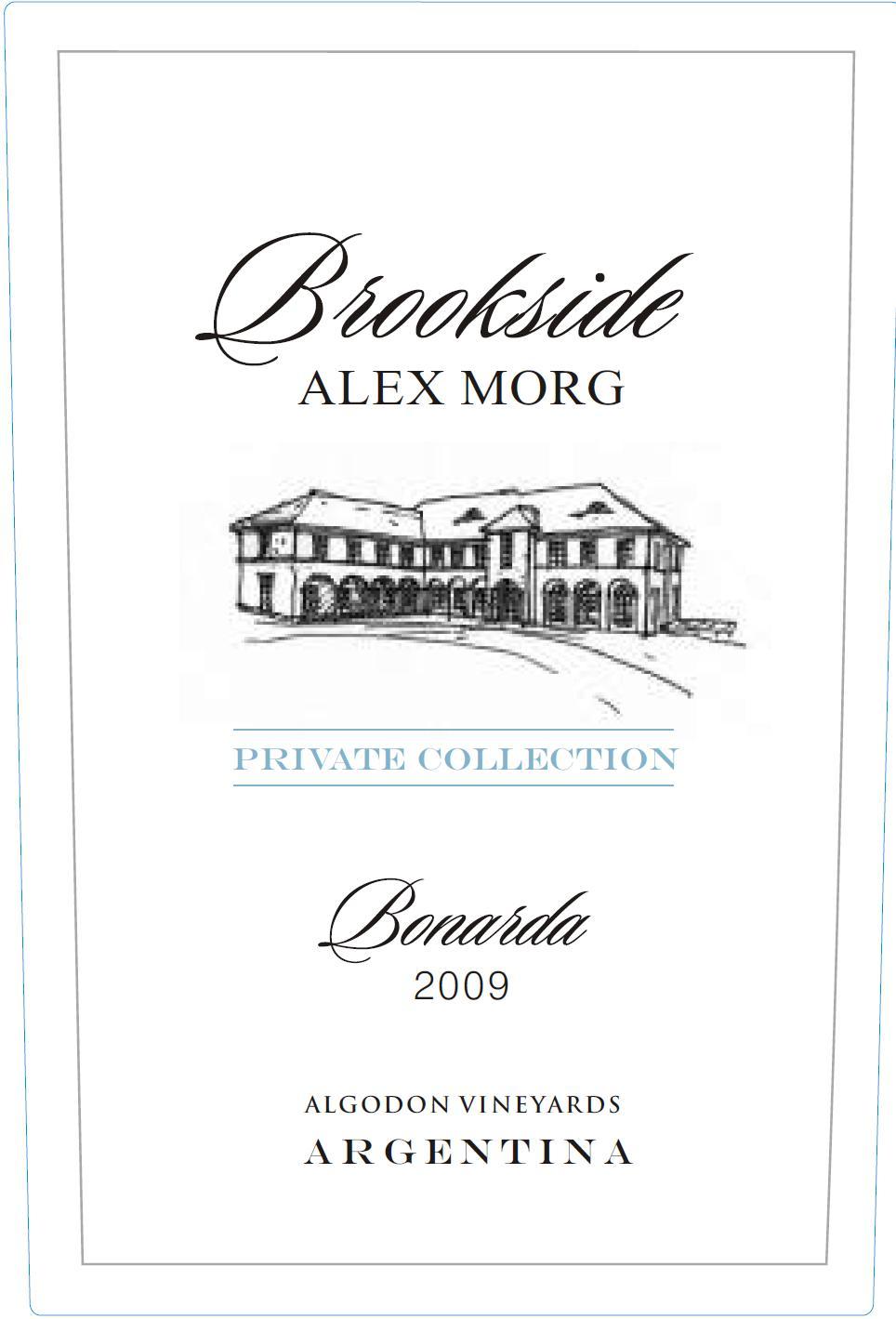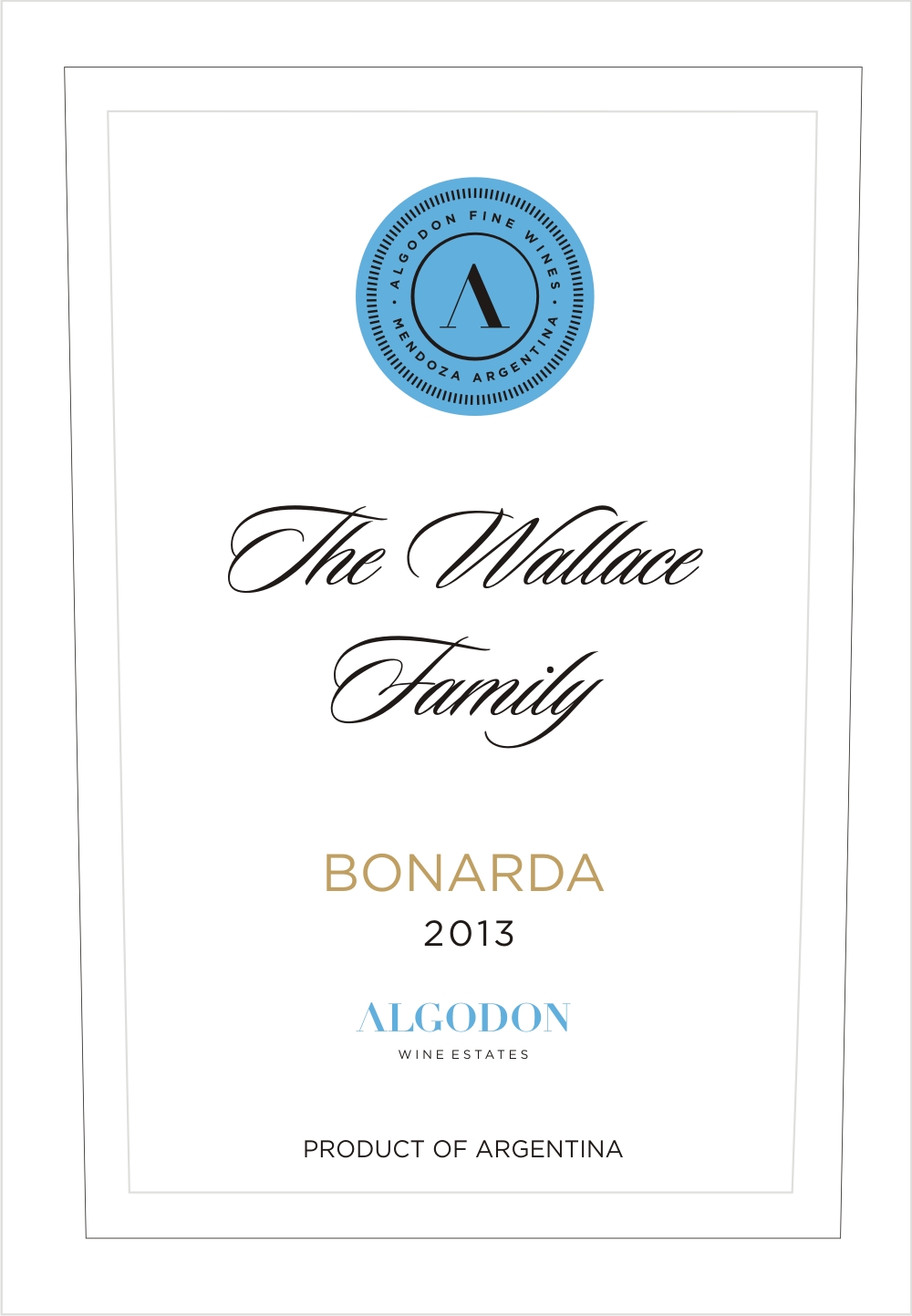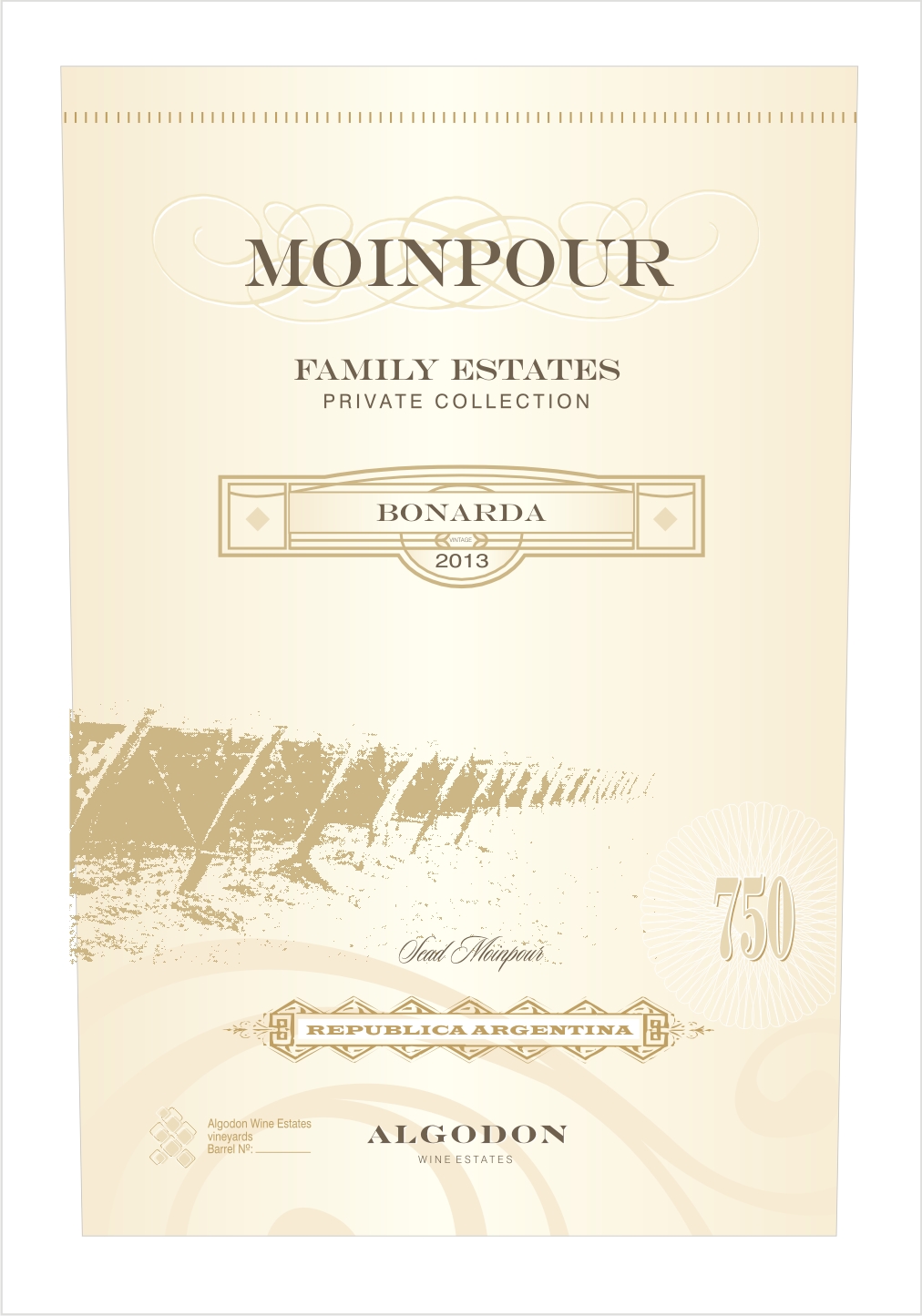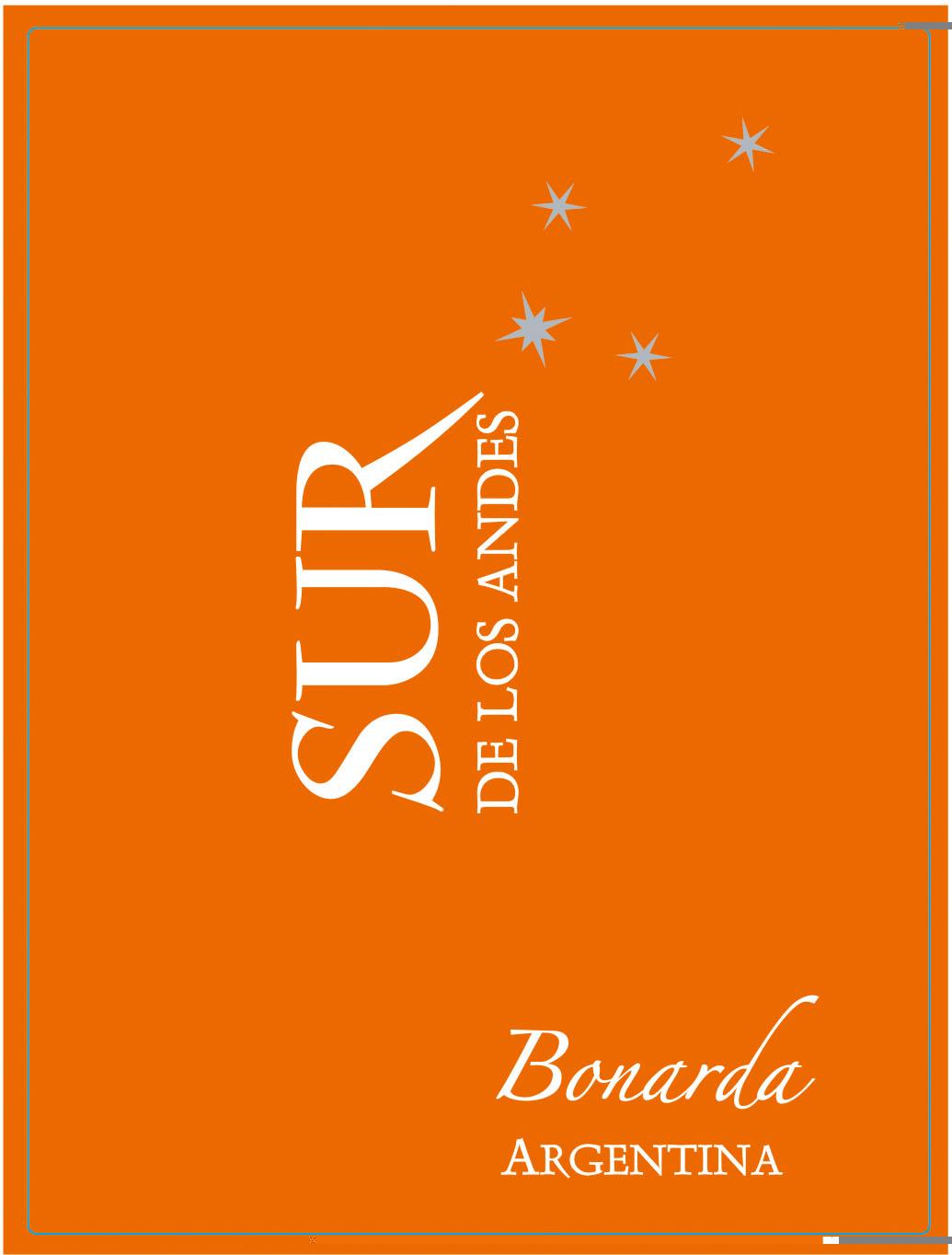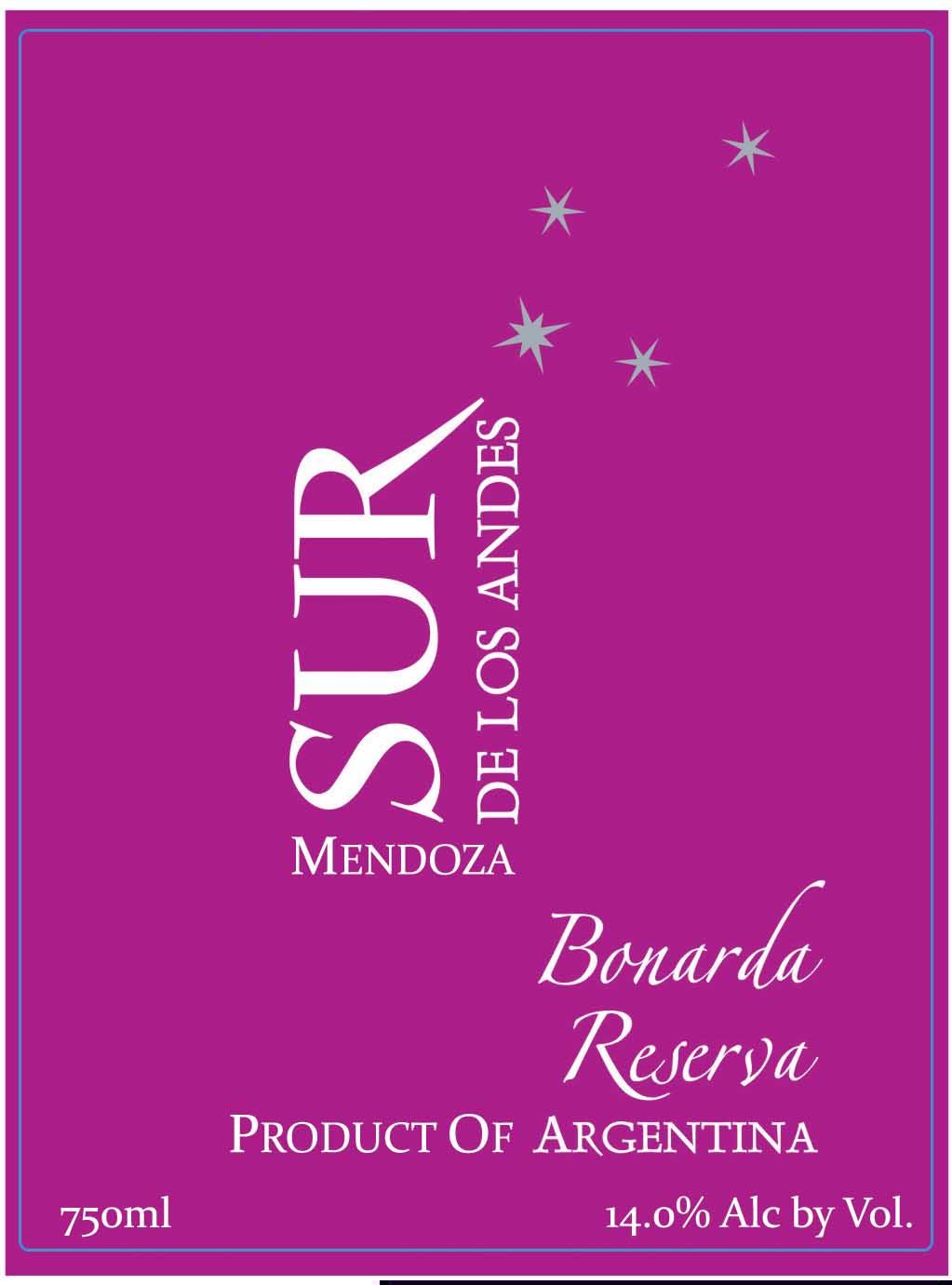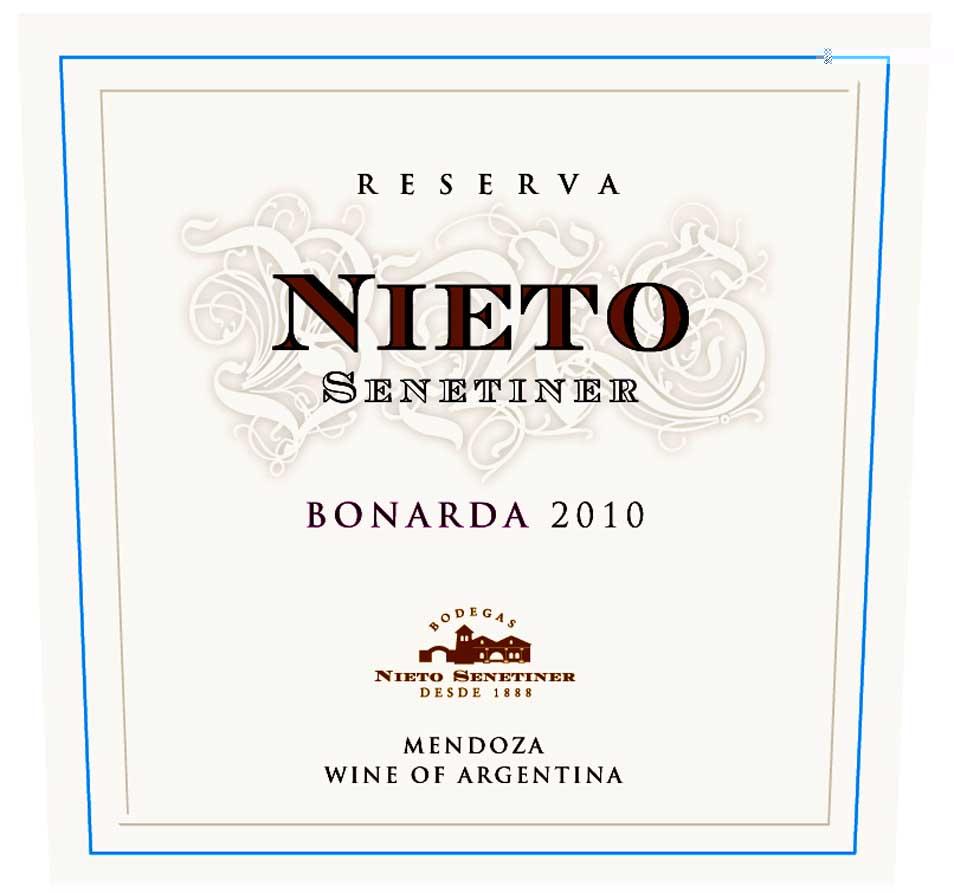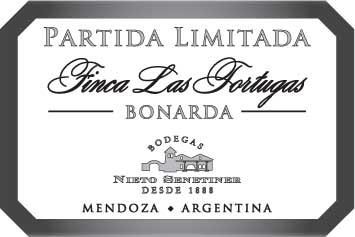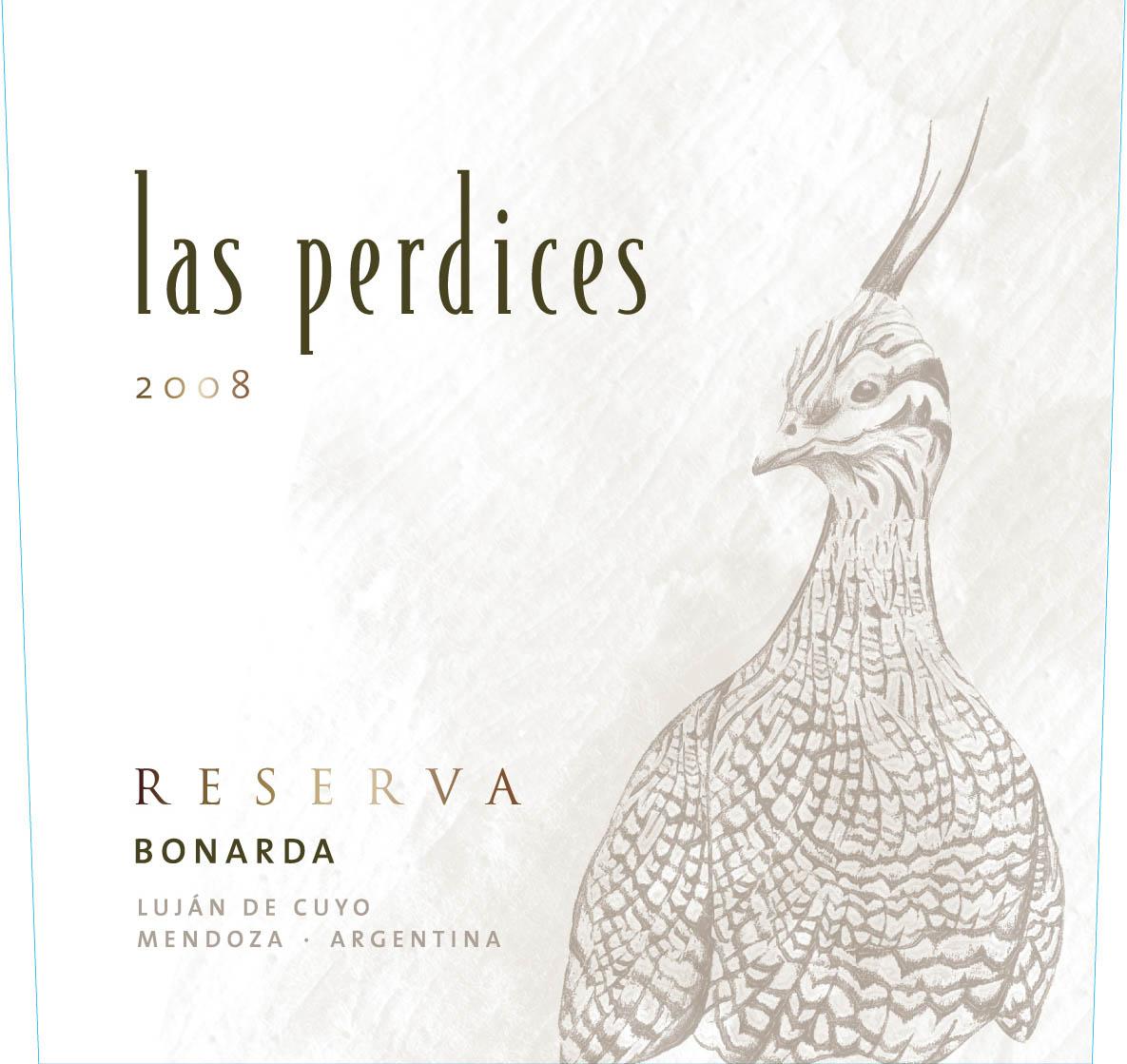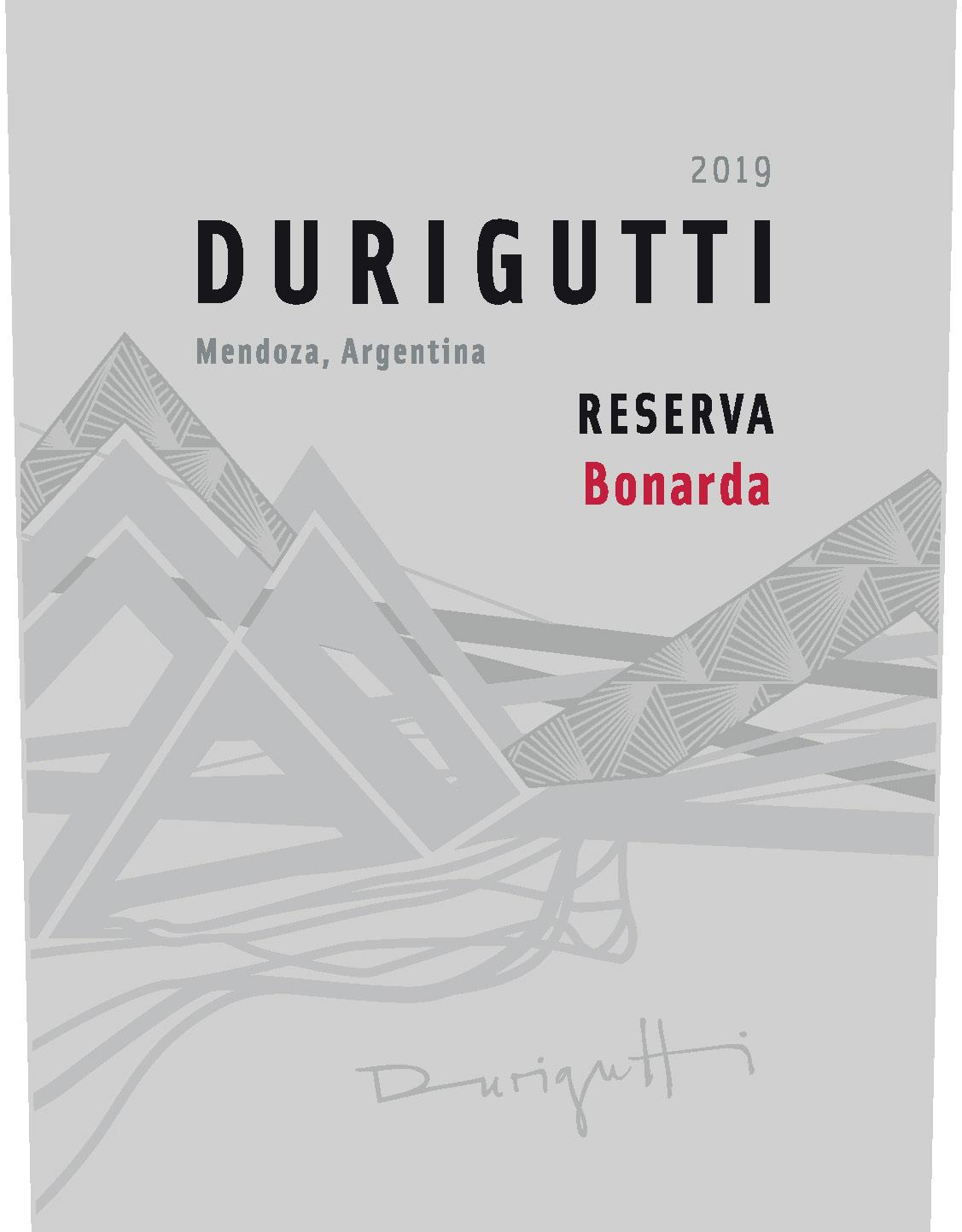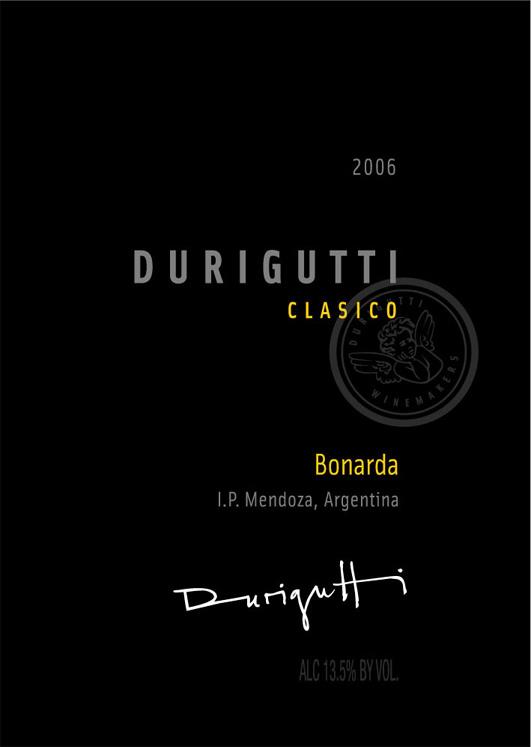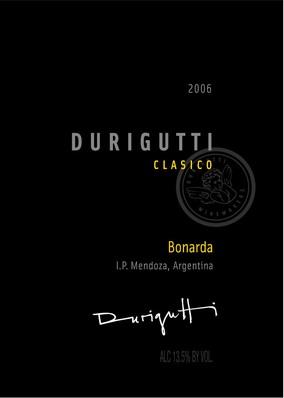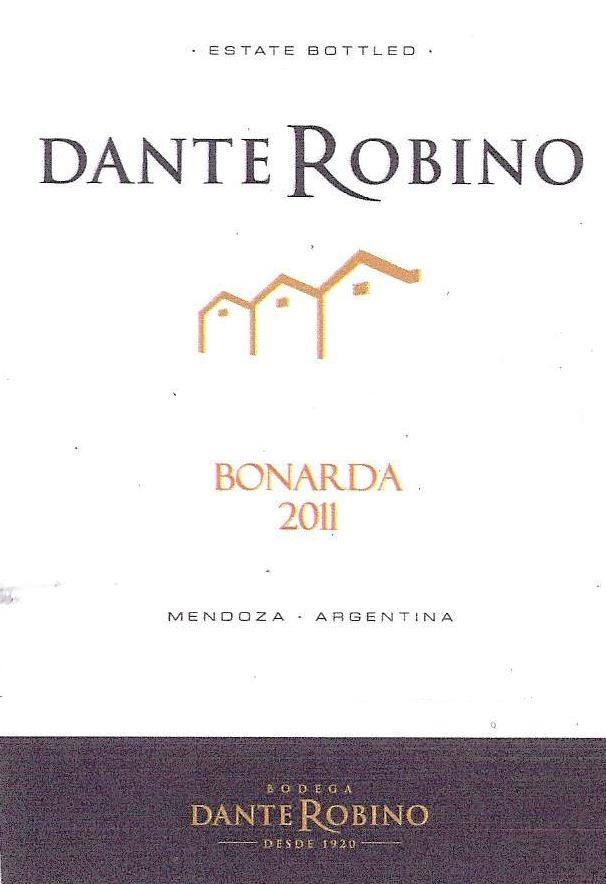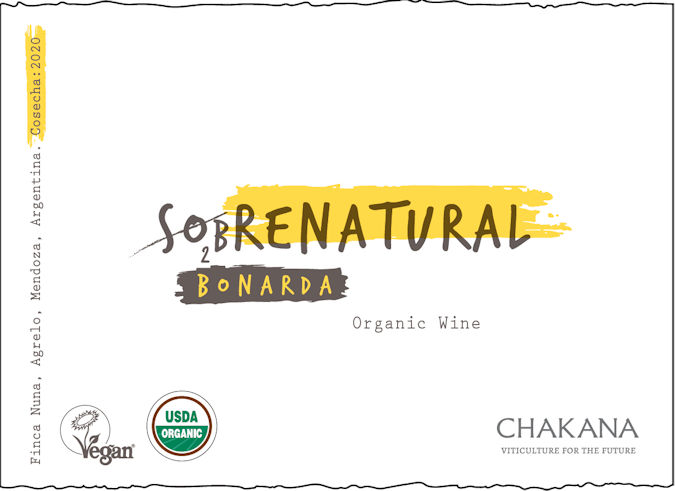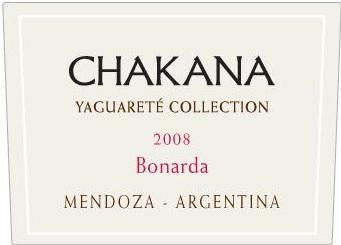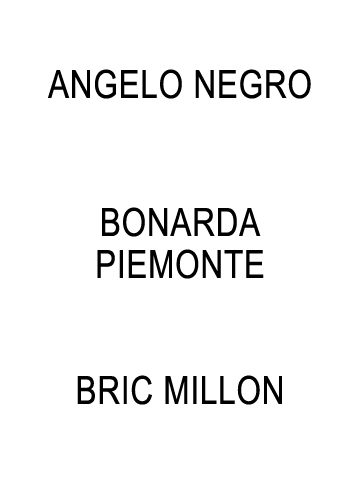Characteristics of Bonarda
Bonarda stands out for its deep, almost inky color in the glass, a direct result of its thick-skinned grapes. The wine typically offers a medium to full body, yet it remains approachable and smooth, never feeling too heavy on the palate. Lively acidity gives Bonarda its signature freshness, making it a great companion for food and adding vibrancy to each sip.
Gentle, silky tannins make it enjoyable even when young, and moderate alcohol levels keep it easy to drink. Thanks to its late-ripening nature and preference for warm climates, Bonarda develops rich, concentrated flavors—especially when yields are kept low and vineyard conditions are just right.
What Does Bonarda Taste Like?
Argentine Bonarda delivers a vibrant, fruit-driven profile shaped by its South American terroir, offering layers of black cherry, plum, blueberry, raspberry, strawberry, dried fig, blackberry, cassis, and a touch of tar. Floral notes such as violets and peonies mingle with spice elements like five-spice, allspice, anise, cardamom, fennel, and pepper, while earthy undertones—leather, tobacco, chocolate, tar, graphite, cigar box, and general earthiness—add depth.
Moderate-to-high acidity and low-to-moderate tannins create a refreshing, smooth mouthfeel. Many examples see no oak at all, but when subtle oak is present, it may impart gentle hints of vanilla, cedar, chocolate, or smoke, letting the plush, ripe fruit and aromatic lift shine, sometimes giving an impression of slight sweetness despite the wine being dry.
Notable Region Bonarda Grows In
Bonarda’s character is shaped profoundly by its growing region, with Argentina now leading the way in expressing this grape’s diversity and potential.
-
Mendoza, Argentina: The heartland of Bonarda, Mendoza’s varied sub-regions—from the warm, fruit-driven Eastern Mendoza to the structured styles of Luján de Cuyo and the fresh, elegant wines of the Uco Valley—showcase the grape’s versatility.
-
San Juan, Argentina: With its hot, dry climate, San Juan is ideal for late-ripening Bonarda, producing wines that are often fresh and delicate, particularly from the emerging Calingasta Valley.
-
California, USA: Known locally as Charbono, California’s old-vine plantings, especially in Napa Valley’s Calistoga AVA, yield denser, more structured wines with notable aging potential.
-
France (Savoie): The original home of Douce Noir, Savoie now produces only tiny amounts due to its cool alpine climate, resulting in lighter, less ripe expressions compared to the robust Argentine styles.
Food Pairings
With its juicy fruit, lively acidity, and gentle tannins, Argentine Bonarda is a versatile wine that pairs beautifully with many foods.
-
Grilled meats and savory classics: Bonarda’s bright acidity and moderate body complement Argentine asado, grilled steaks, burgers, and pork, balancing richness without overwhelming the dish.
-
Comfort foods and global favorites: Its fruit-forward character works well with pizza (especially with tomato sauce), pasta in meat or tomato-based sauces, empanadas, and even tacos or burritos, making it ideal for casual meals.
-
Cheeses, charcuterie, and unexpected matches: Try Bonarda with semi-hard cheeses like aged cheddar or Parmigiano-Reggiano, a variety of cured meats, or even richer fish like grilled salmon, thanks to its soft tannins and refreshing finish.


